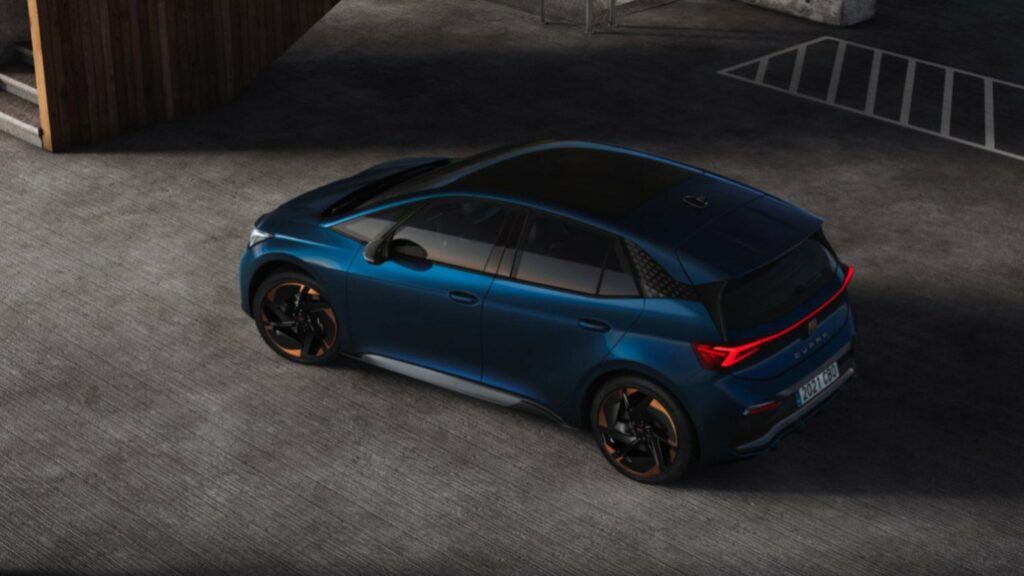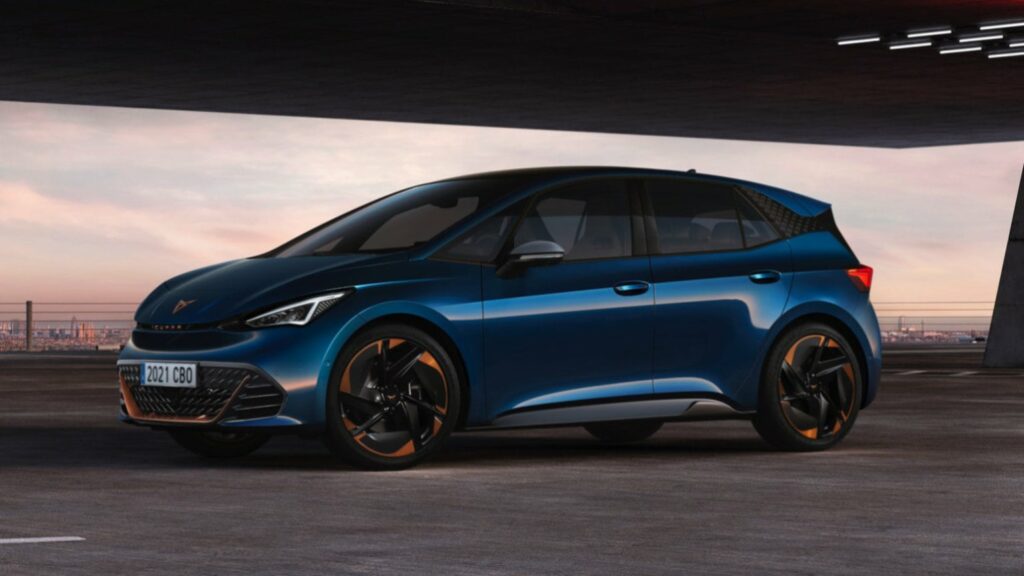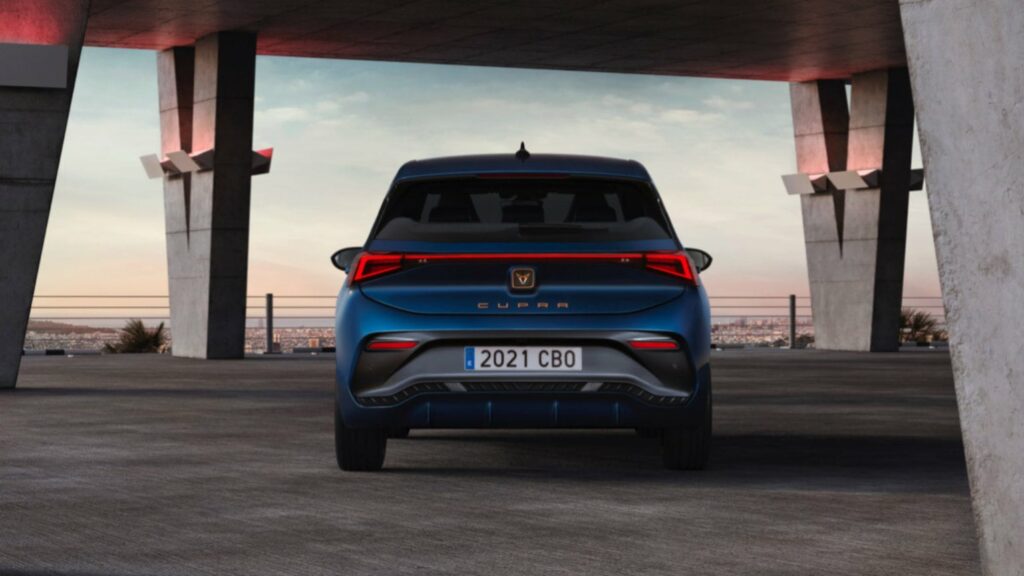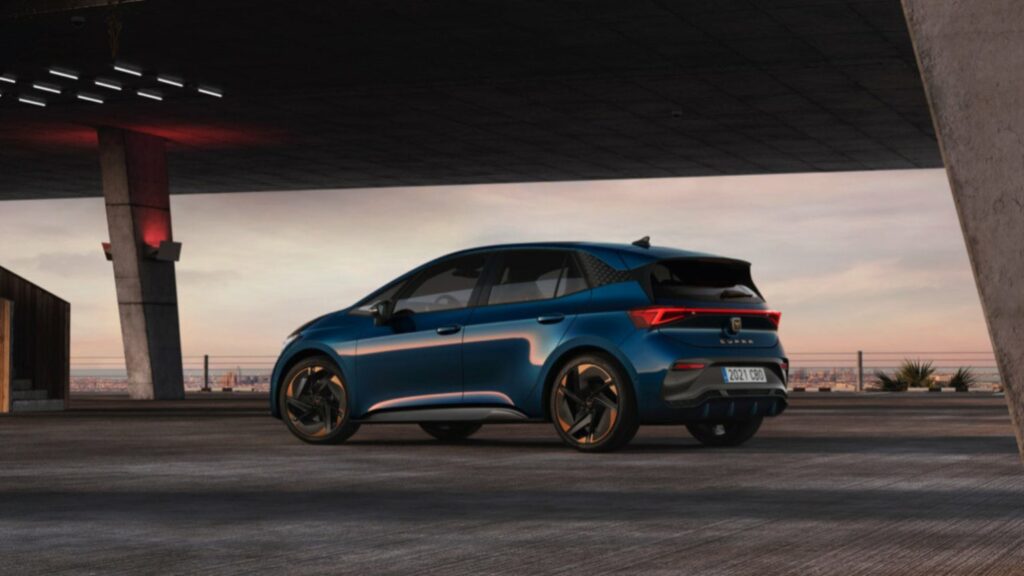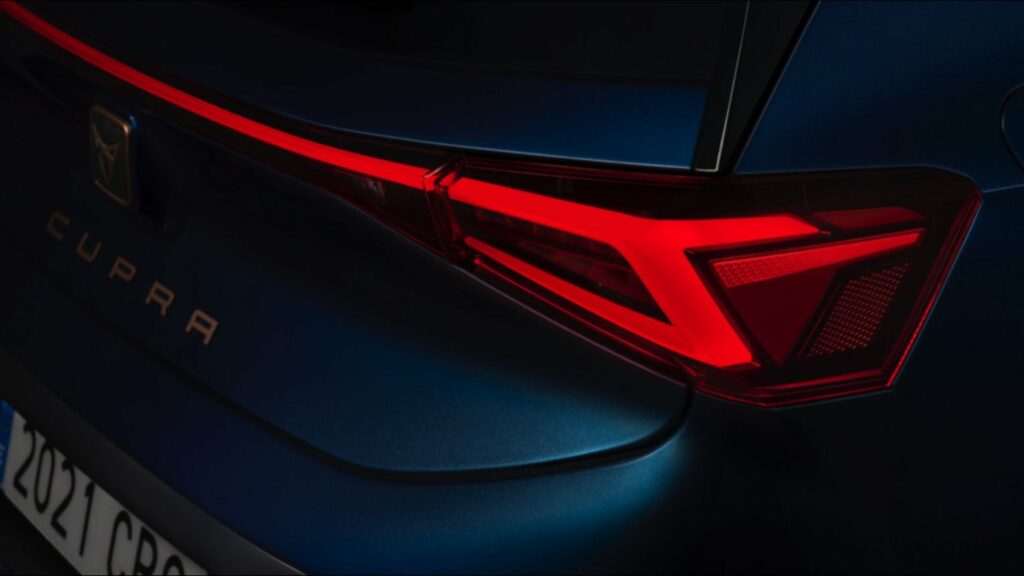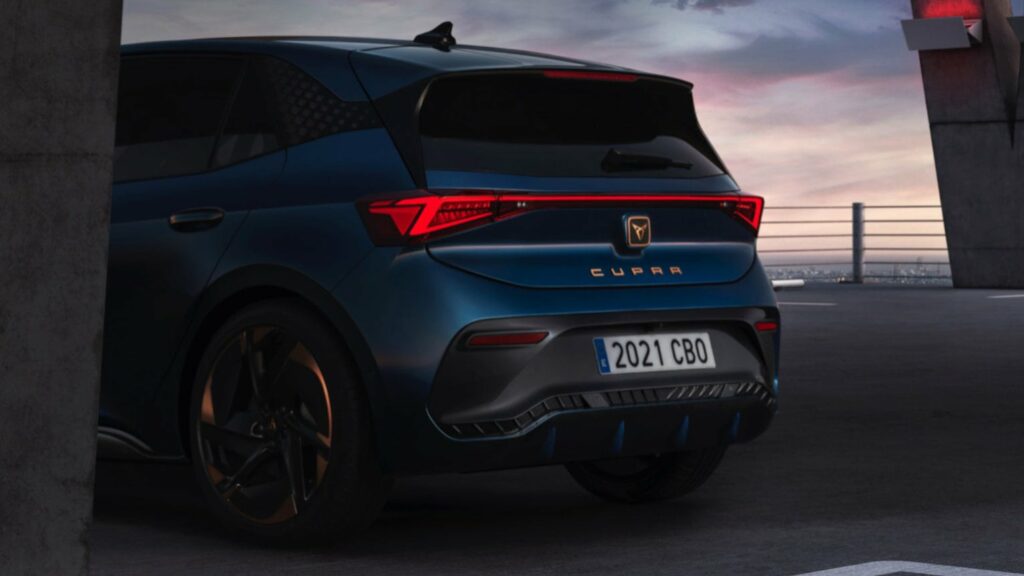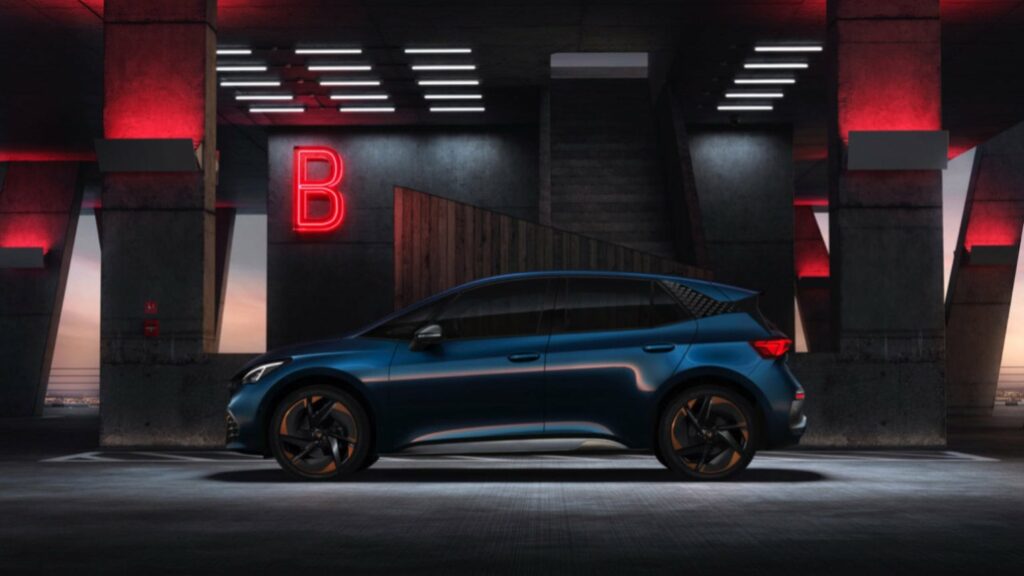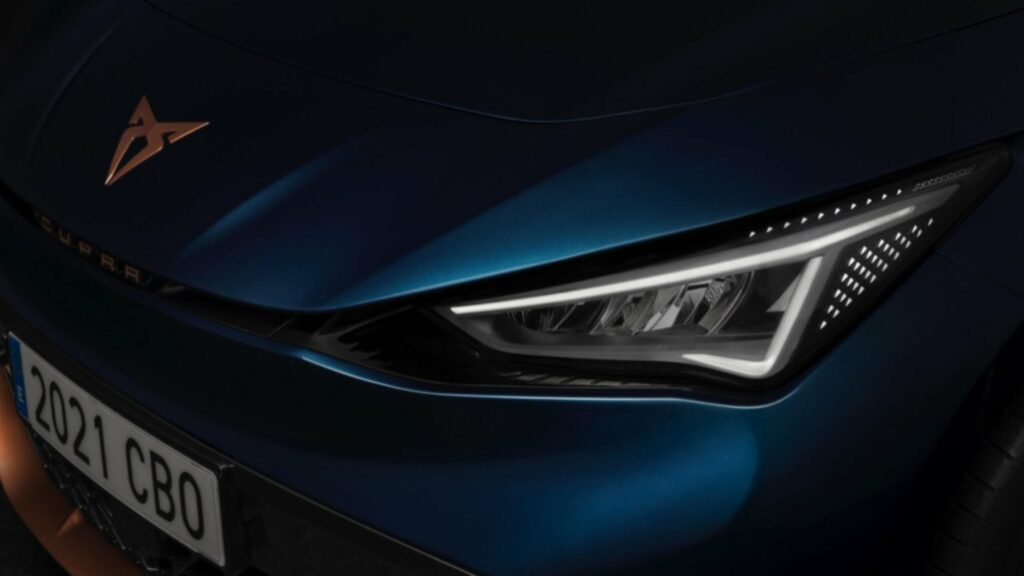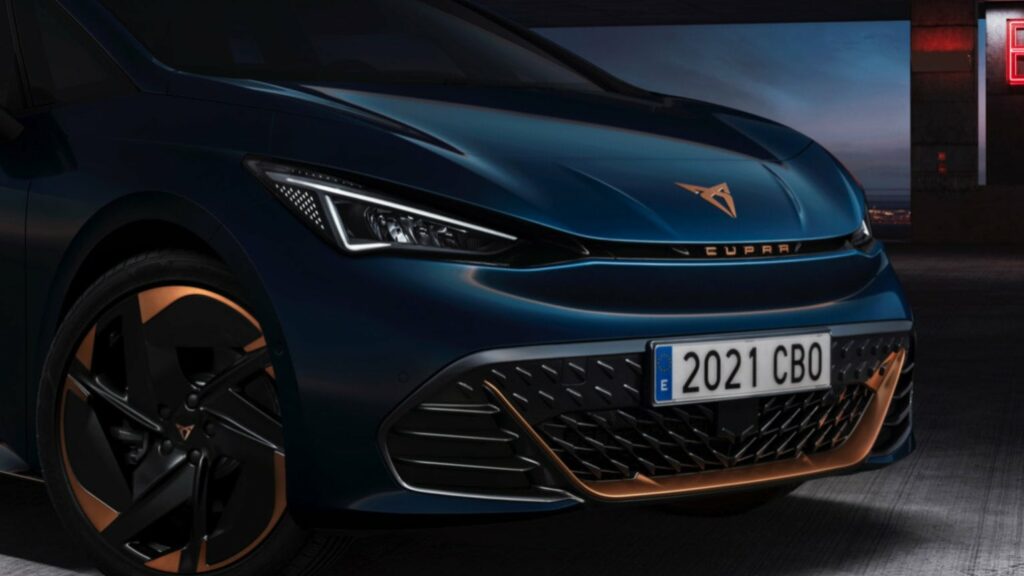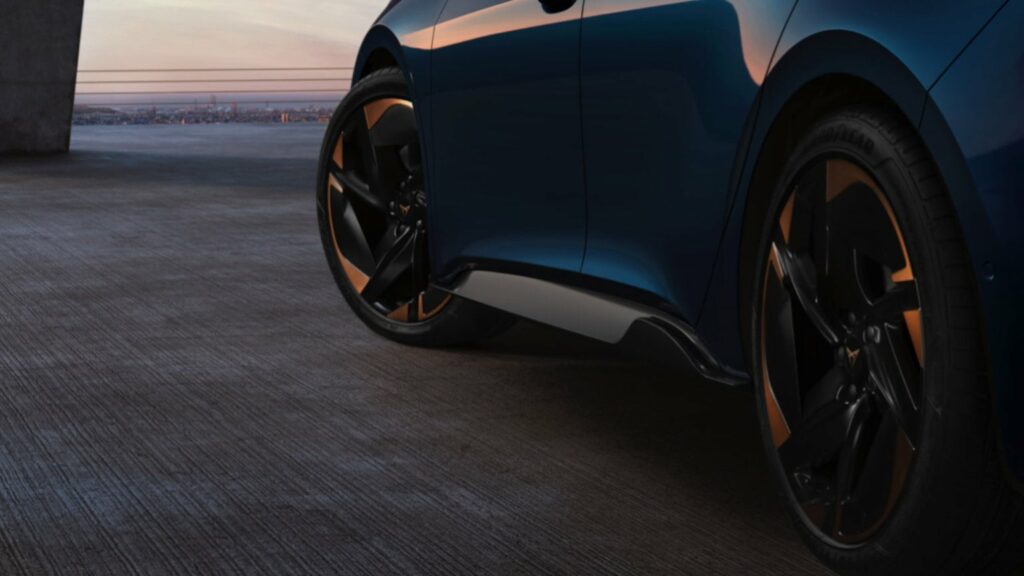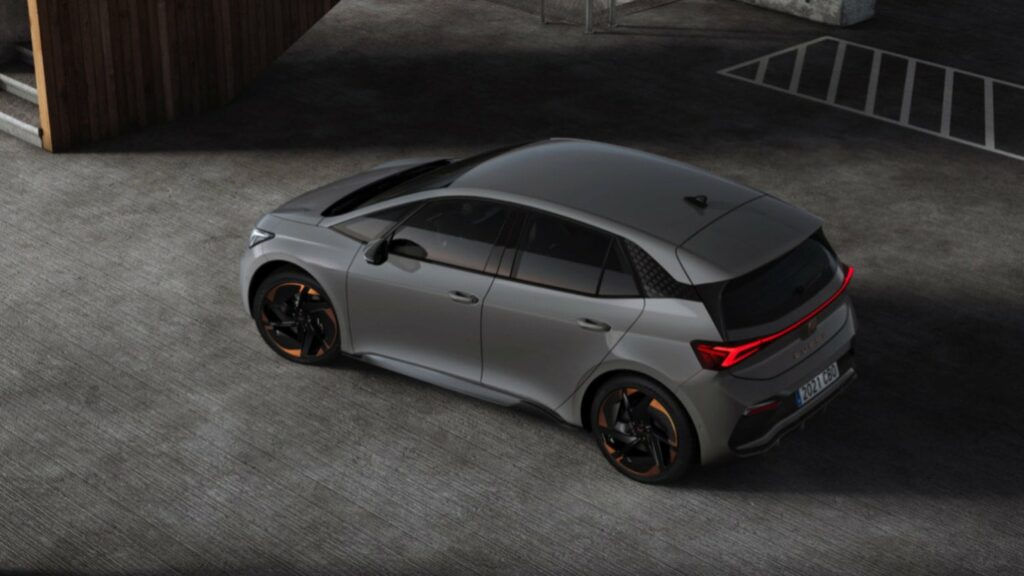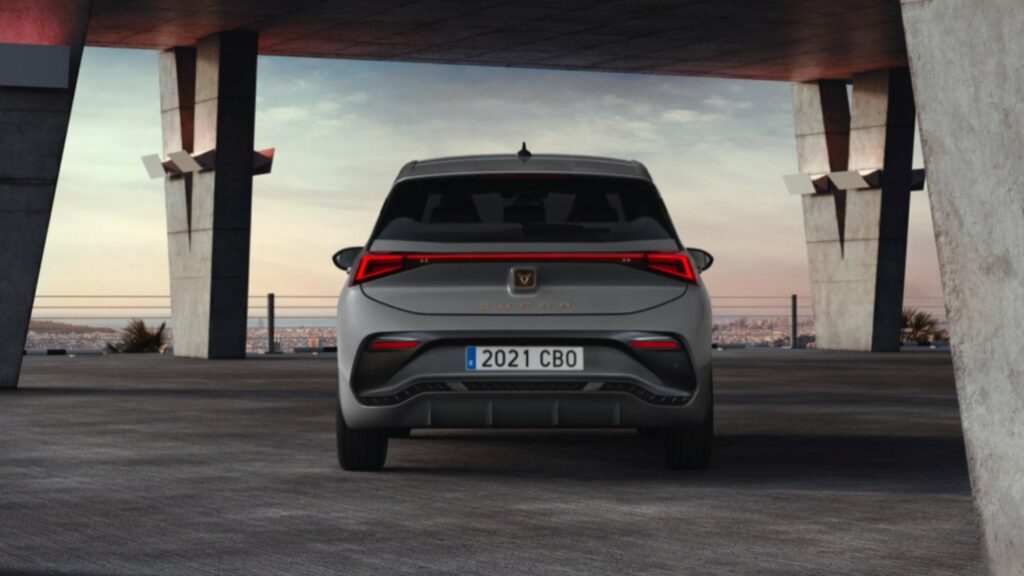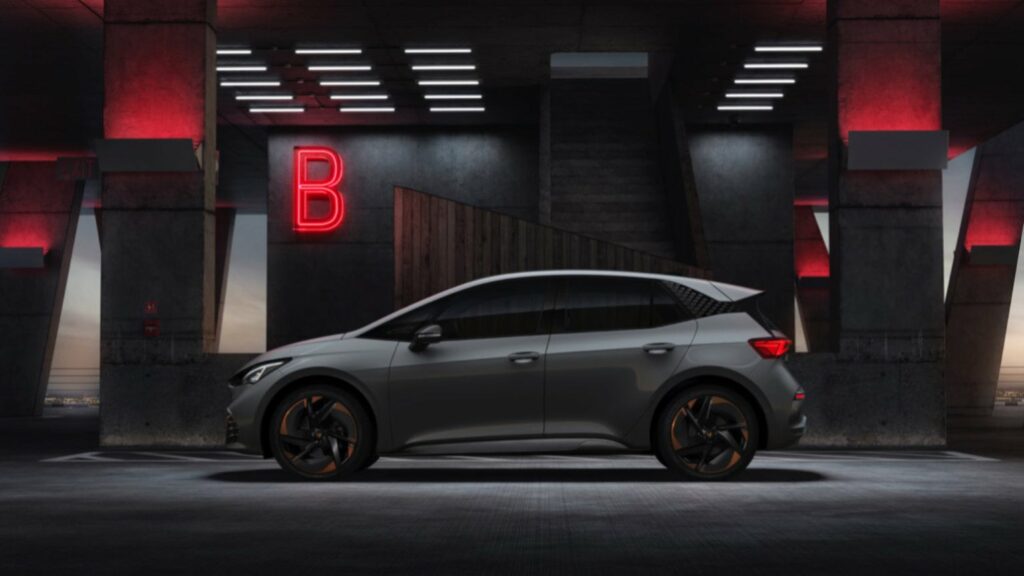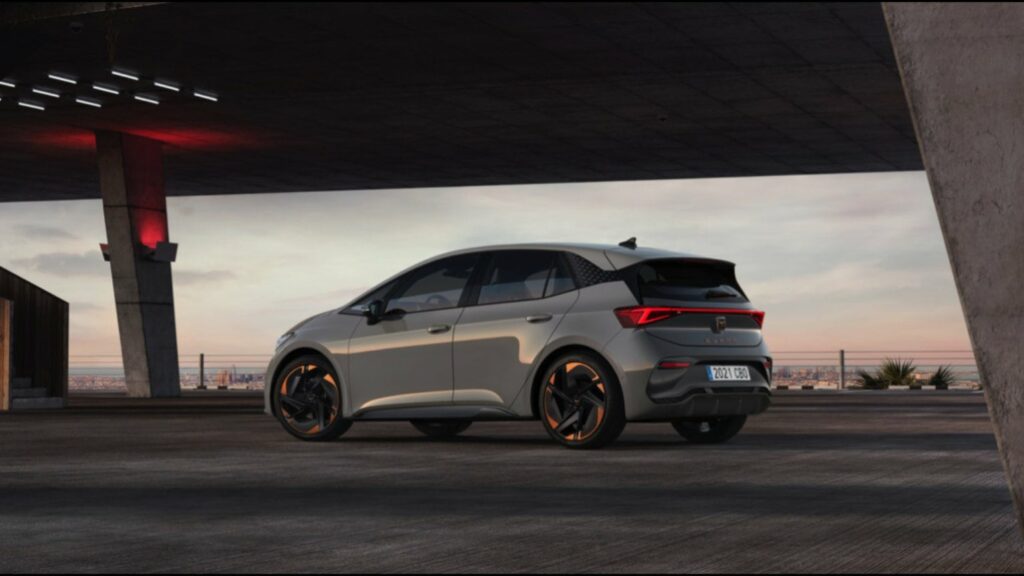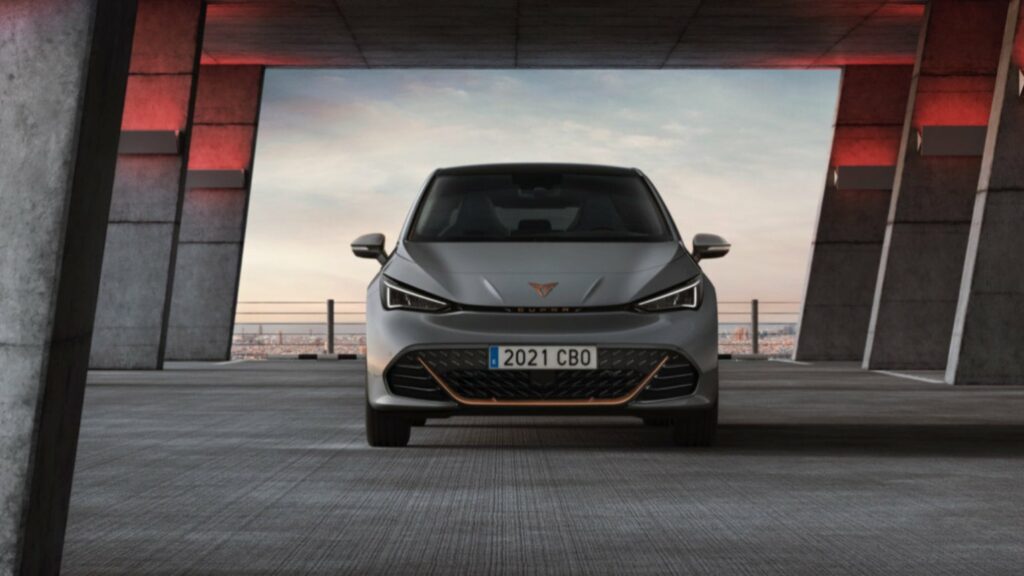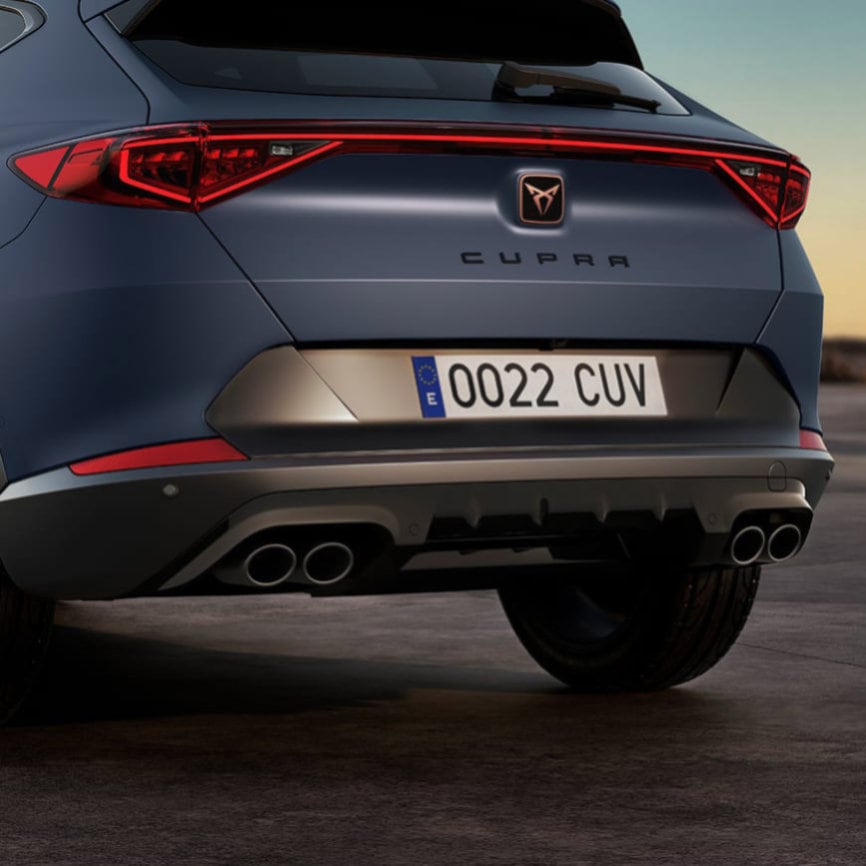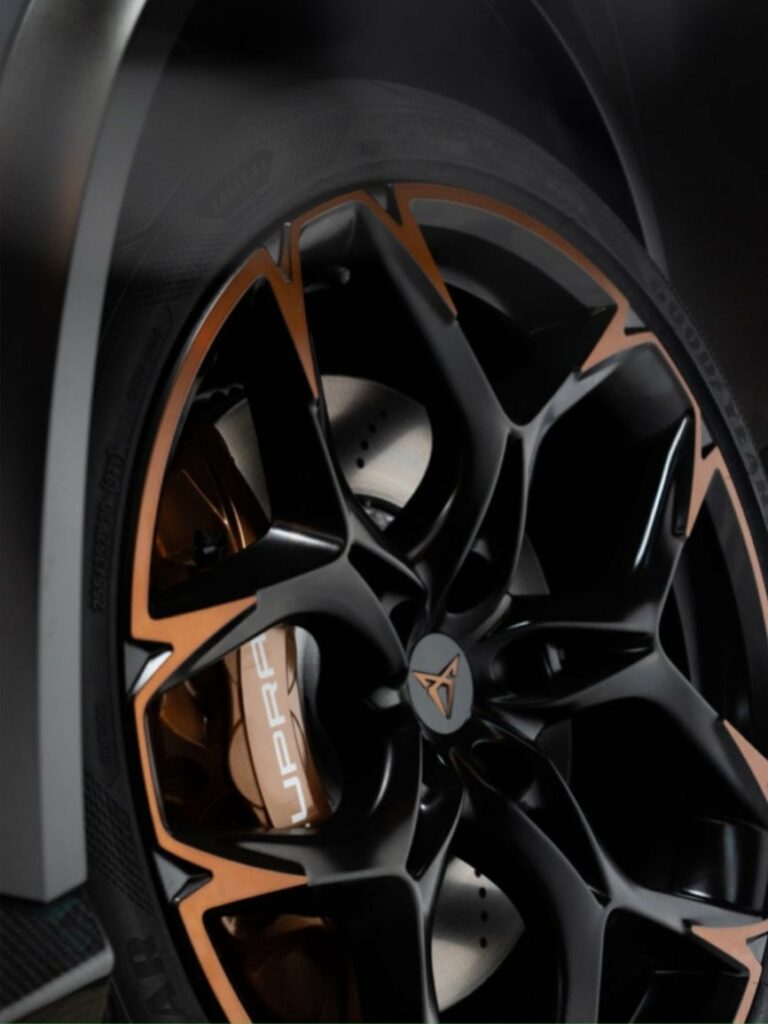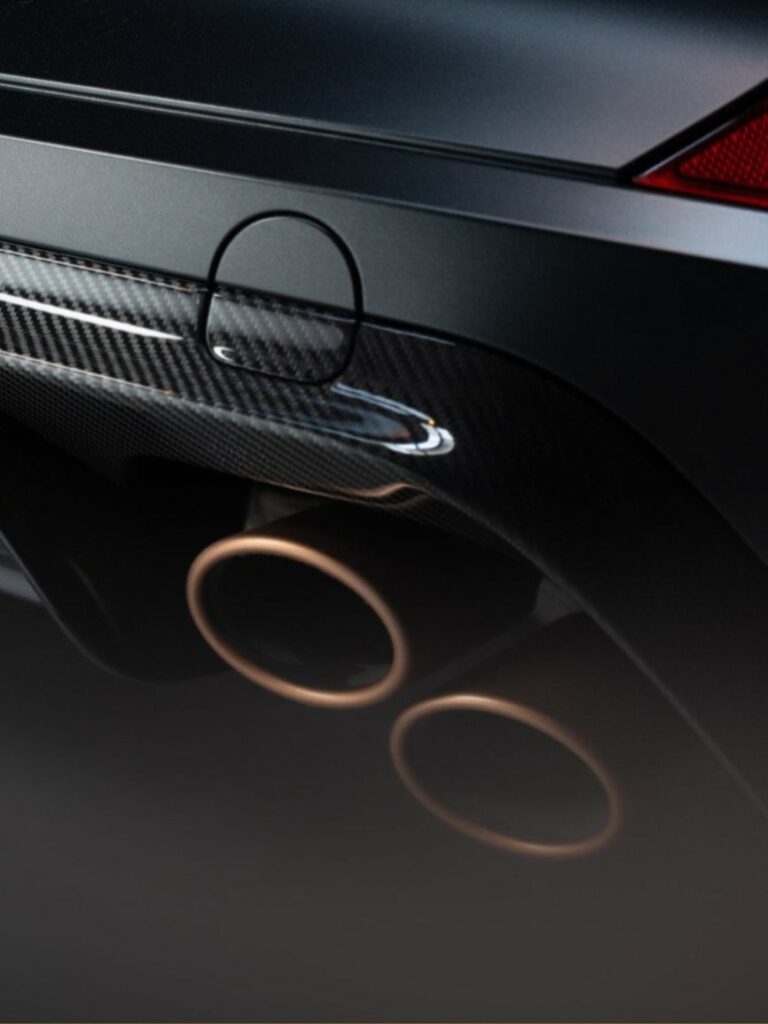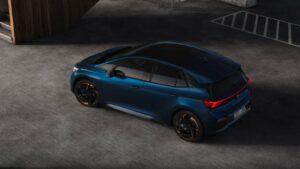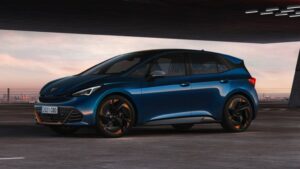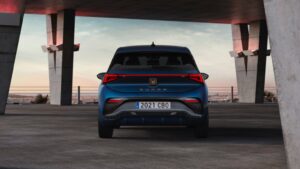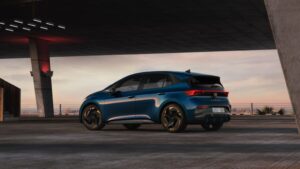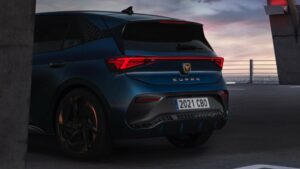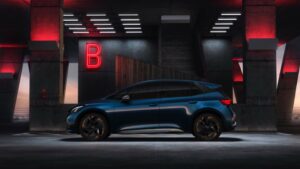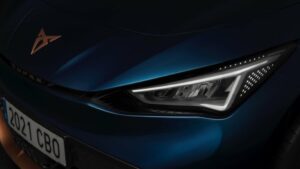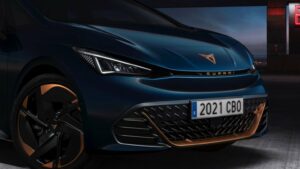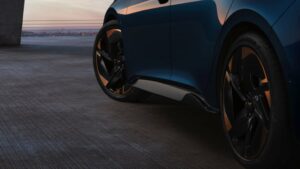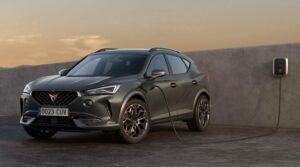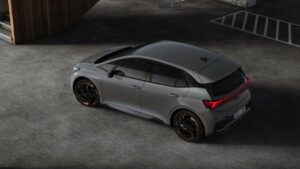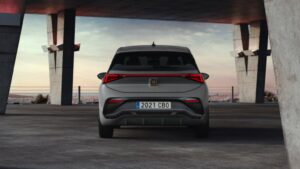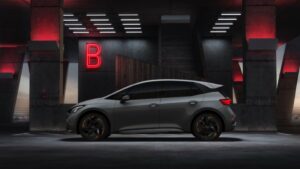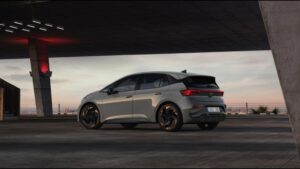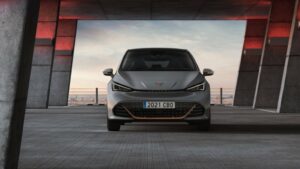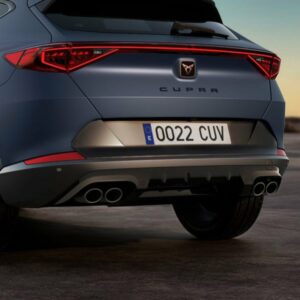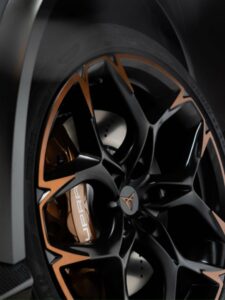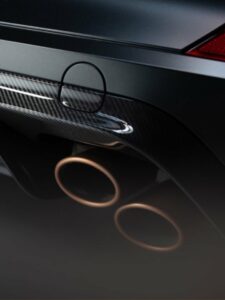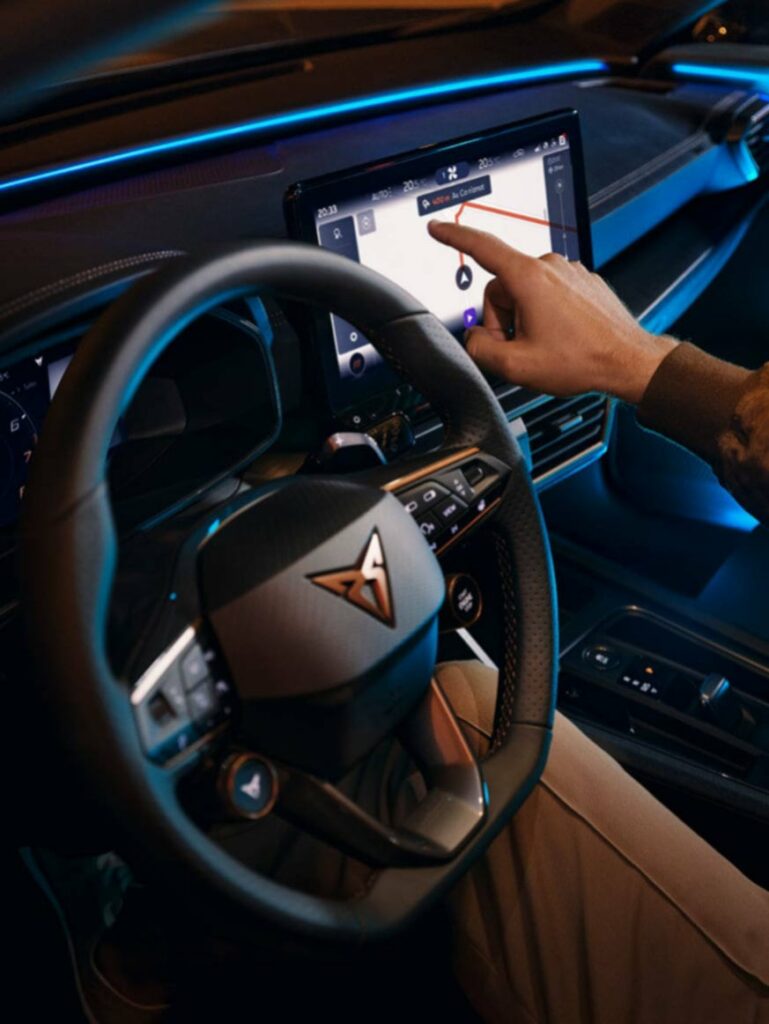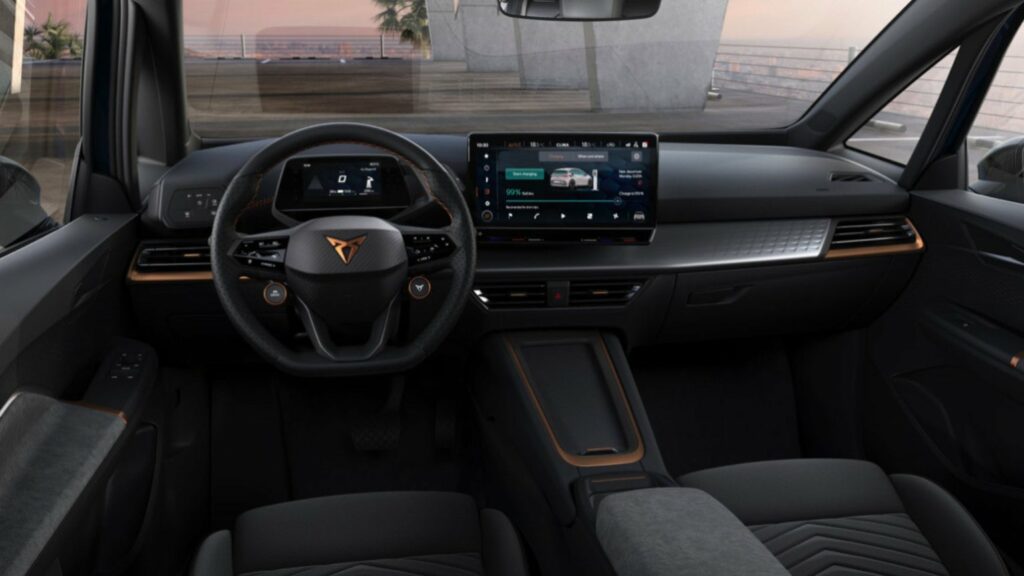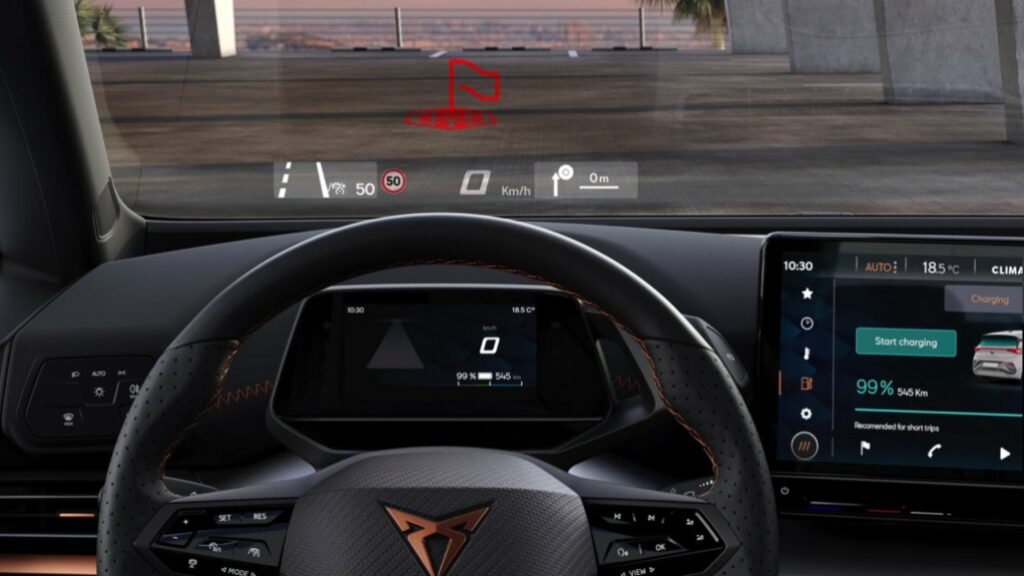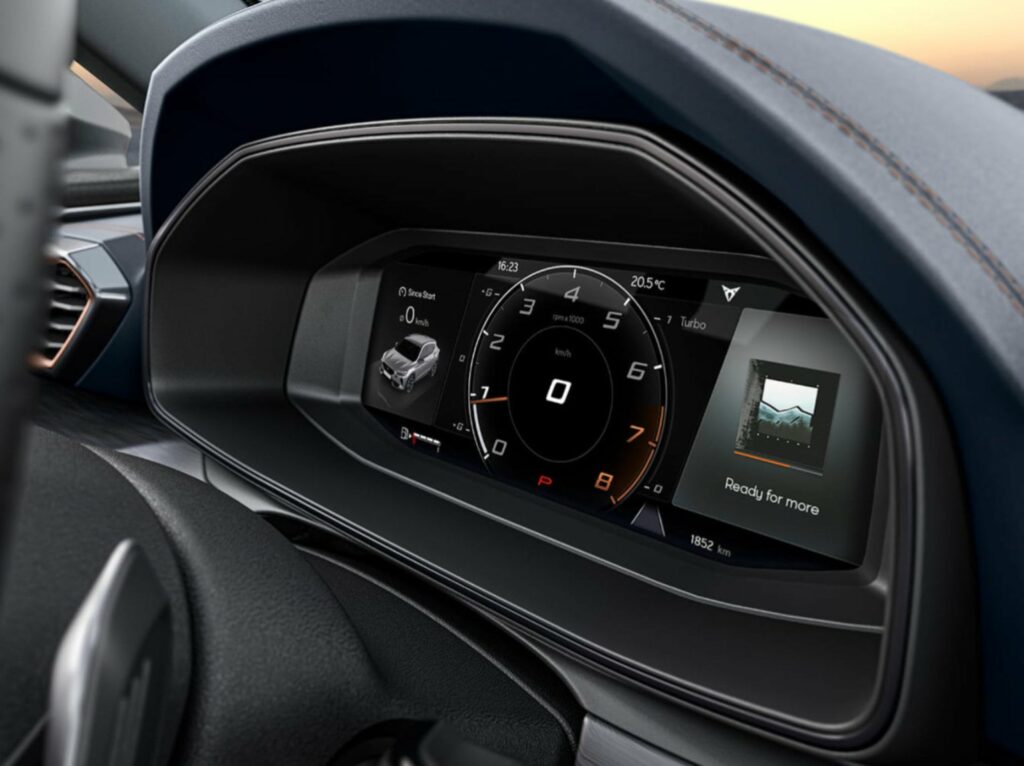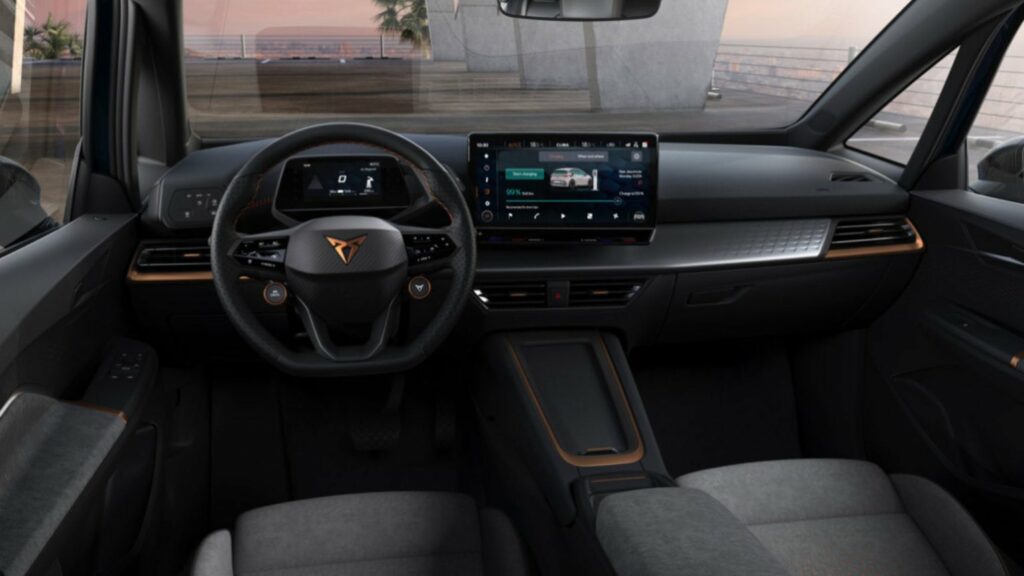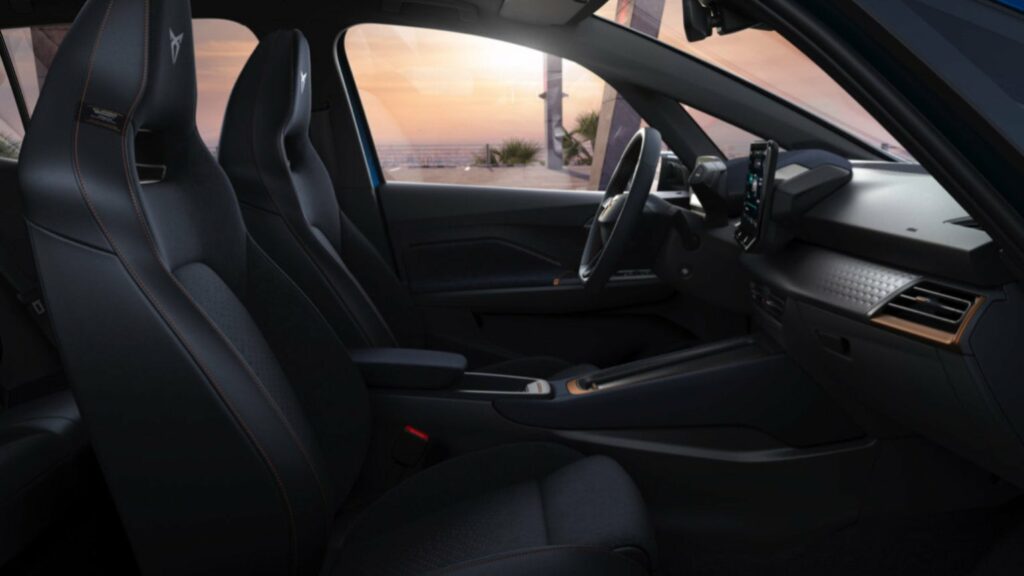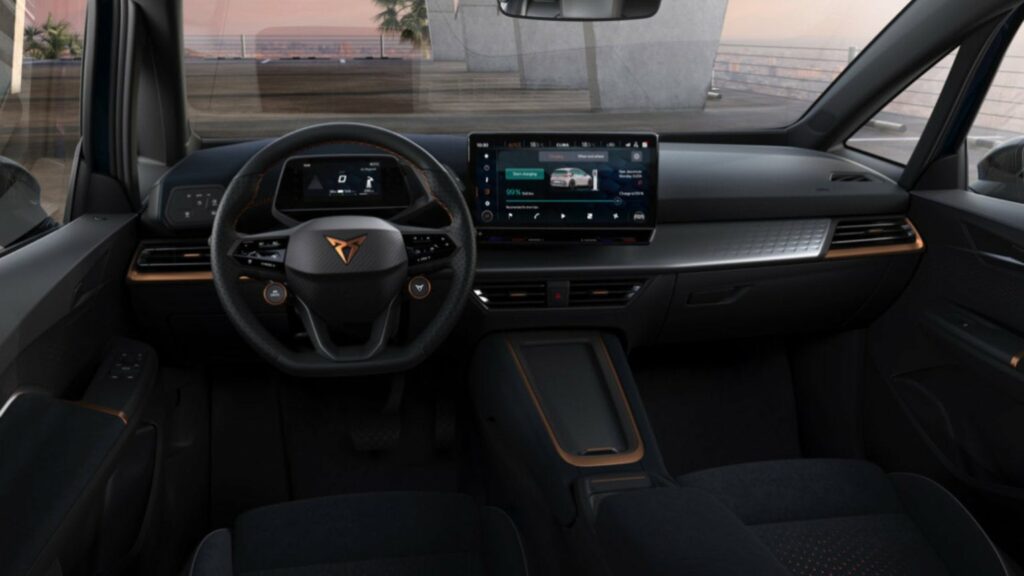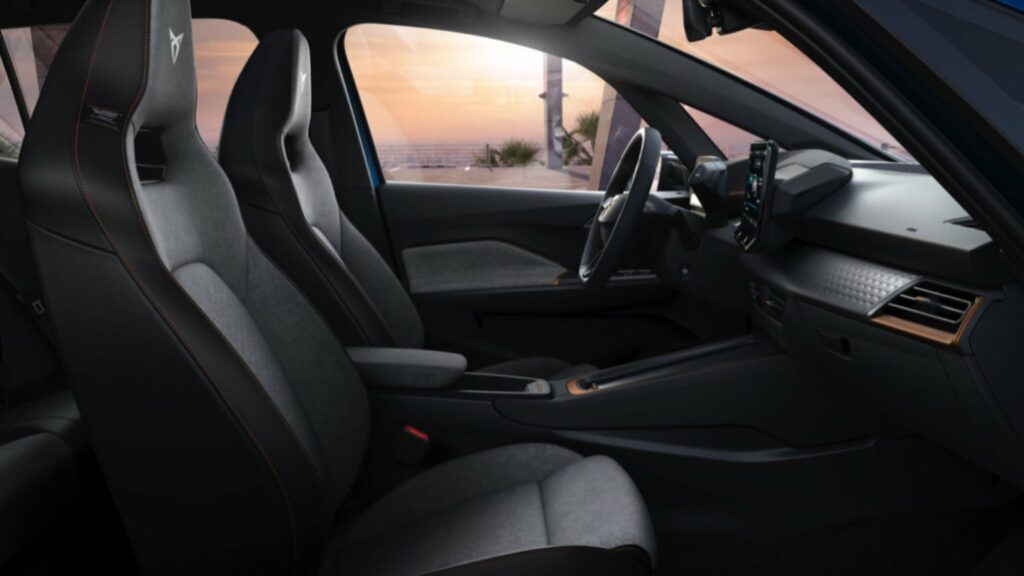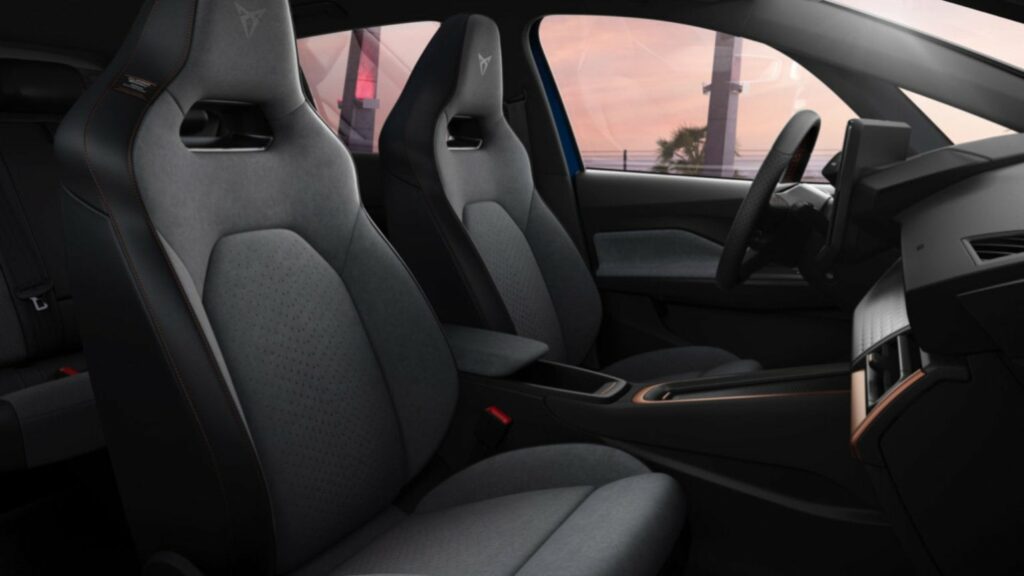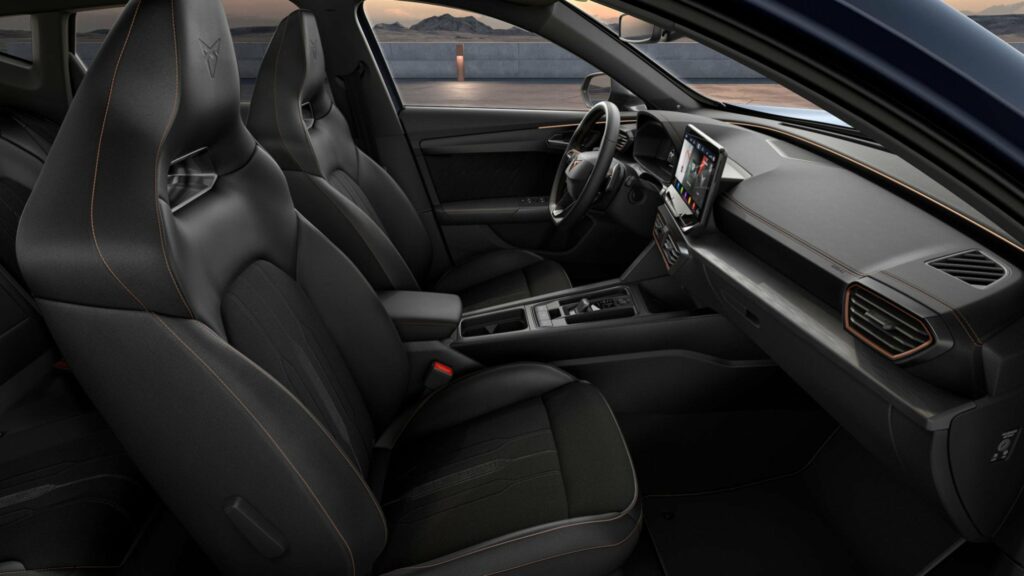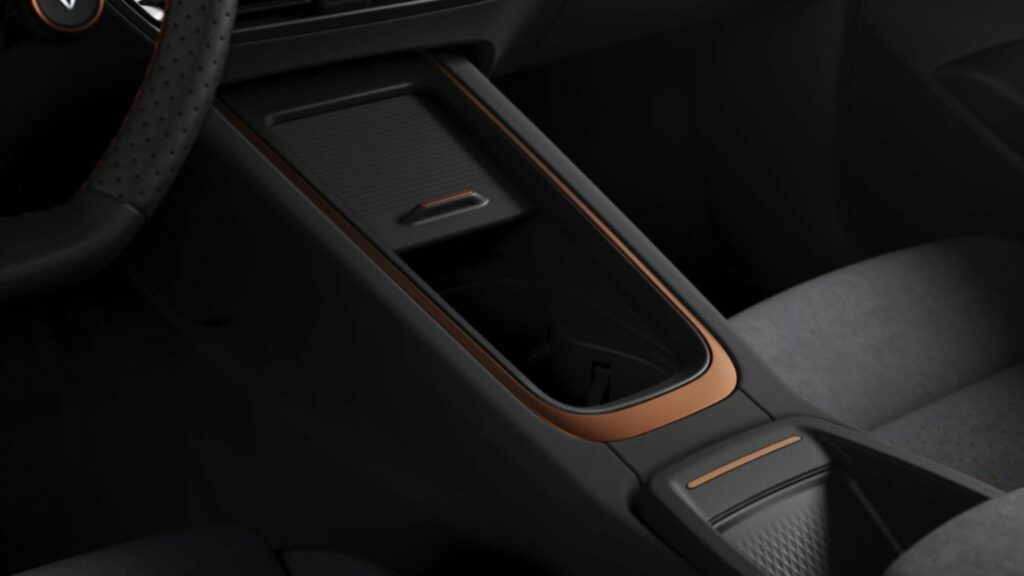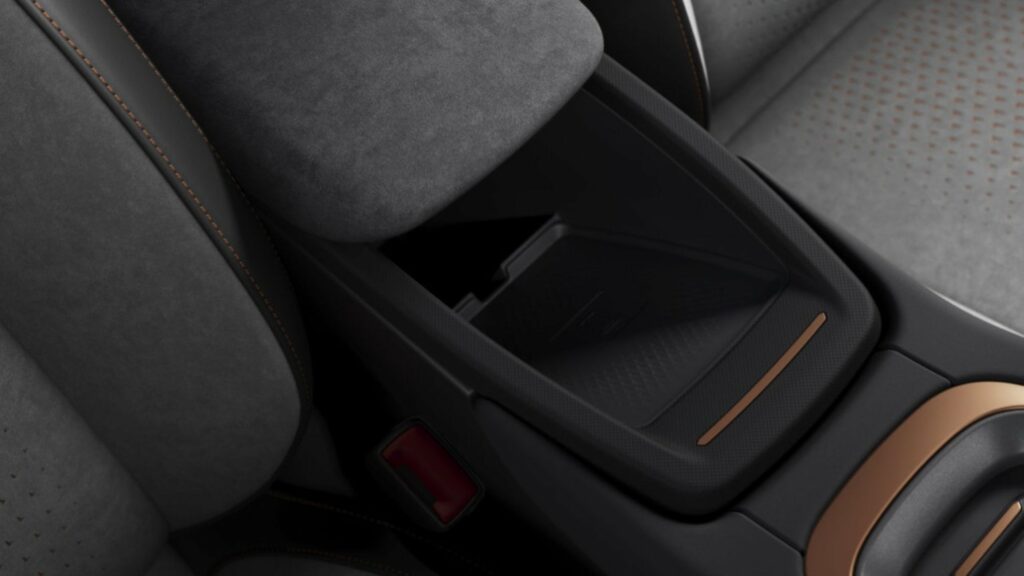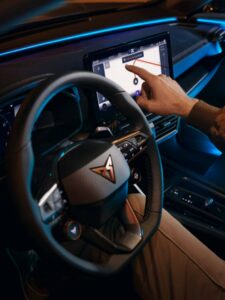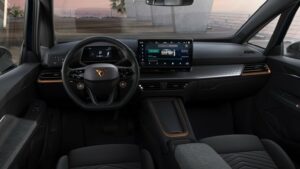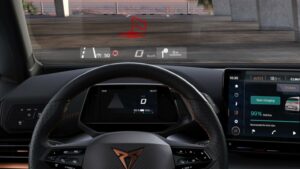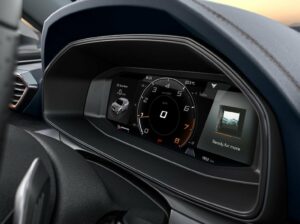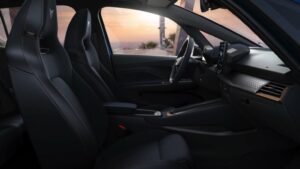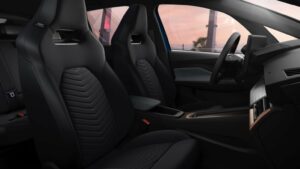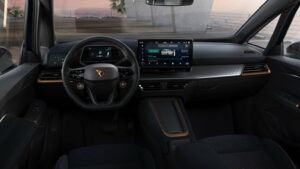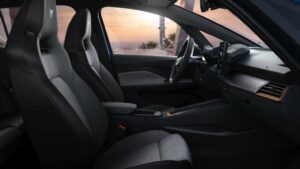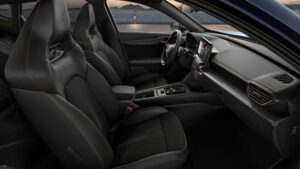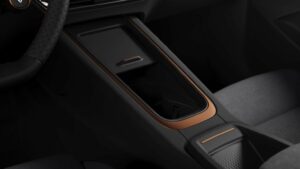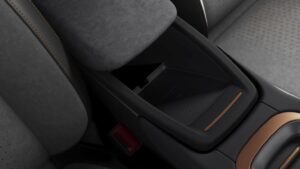CUPRA Born 170 kW – 82 kWh
The CUPRA Born 170 kW – 82 kWh is an electric car model developed by CUPRA, a Spanish car manufacturer. The car is powered by an electric motor of 170 kW (equivalent to 231 horsepower) and supported by an 82 kWh battery pack.
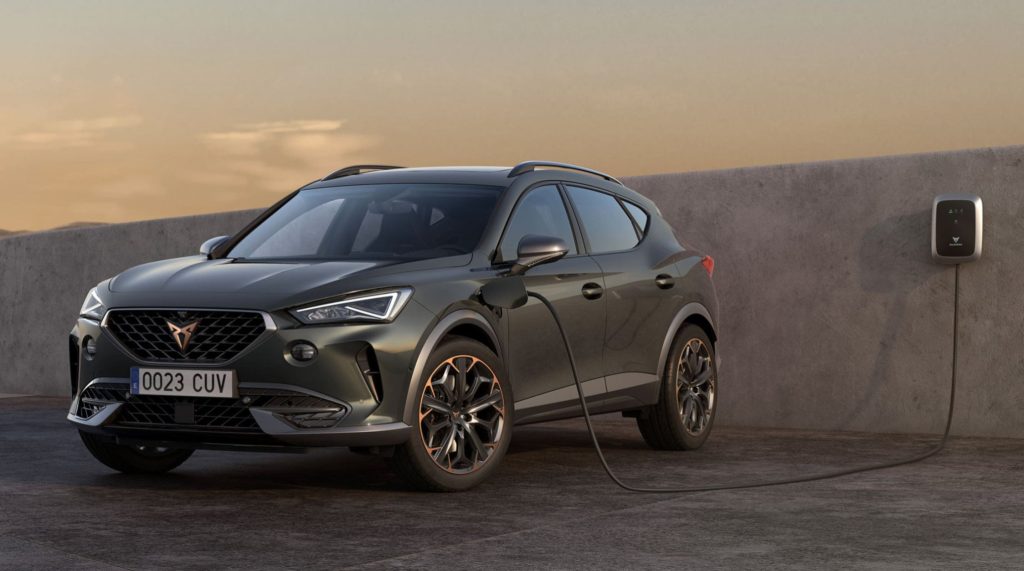
The vehicle has a maximum range of 450 km on a single charge, making it suitable for long journeys. It can accelerate from 0 to 62 mph (100 km/h) in just 7.0 seconds, and its top speed is 99 mph (159 km/h).
The CUPRA Born has a sleek and sporty exterior design and is equipped with a number of advanced features, including adaptive cruise control, lane departure warning, and a 12-inch infotainment display with Apple CarPlay and Android Auto support. The car also supports fast charging, which allows you to charge the battery from 0 to 80 percent in just 35 minutes.
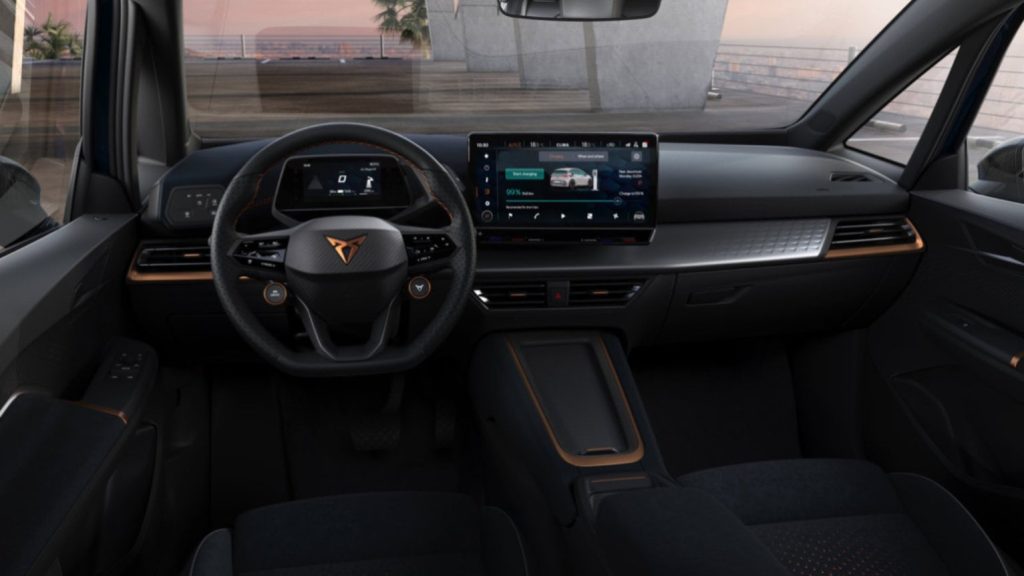
Overall, the CUPRA Born 170 kW – 82 kWh is a high-performance electric vehicle that offers impressive performance, range, and features. It is a great option for drivers looking for a stylish and sporty electric vehicle that can travel long distances.
| Performance | |
| Acceleration 0 – 100 km/h | 7.0 sec |
| Top Speed | 160 km/h |
| Electric Range | 450 km |
| Total Power | 170 kW (231 PS) |
| Total Torque | 310 Nm |
| Drive | Rear |
| Battery and Charging | |
| Battery Capacity | 82.0 kWh |
| Battery Useable | 77.0 kWh |
| Europe | |
| Charge Port | Type 2 |
| Port Location | Right Side – Rear |
| Charge Power | 11 kW AC |
| Charge Time (0->450 km) | 8h15m |
| Charge Speed | 55 km/h |
| Fastcharge Port | CCS |
| FC Port Location | Right Side – Rear |
| Fastcharge Power (max) | 126 kW DC |
| Fastcharge Time (45->360 km) | 34 min |
| Fastcharge Speed | 550 km/h |
| Energy Consumption | |
| EVDB Real Range | |
| Range * | 450 km |
| Vehicle Consumption * | 171 Wh/km |
| CO2 Emissions | 0 g/km |
| Vehicle Fuel Equivalent * | 1.9 l/100km |
| WLTP Ratings | |
| Range * | 540 km |
| Rated Consumption * | No Data |
| Vehicle Consumption * | 143 Wh/km |
| CO2 Emissions | 0 g/km |
| Rated Fuel Equivalent * | No Data |
| Vehicle Fuel Equivalent * | 1.6 l/100km |
|
Rated = official figures as published by manufacturer. Rated consumption and fuel equivalency figures include charging losses.
|
|
|
Vehicle = calculated battery energy consumption used by the vehicle for propulsion and on-board systems.
|
|
| Real Energy Consumption Estimation between 118 – 241 Wh/km | |
| City – Cold Weather * | 177 Wh/km |
| Highway – Cold Weather * | 241 Wh/km |
| Combined – Cold Weather * | 205 Wh/km |
| City – Mild Weather * | 118 Wh/km |
| Highway – Mild Weather * | 186 Wh/km |
| Combined – Mild Weather * | 150 Wh/km |
|
Energy use for each trip will vary considerably depending on the driver and the conditions. Therefore, we have provided a range of estimates which can be useful in developing an understanding of the potential benefits of this technology. |
|
| Dimensions and Weight | |
| Length | 4322 mm |
| Width | 1809 mm |
| Width with mirrors | No Data |
| Height | 1537 mm |
| Wheelbase | 2766 mm |
| Weight Unladen (EU) * | 1950 kg |
| Gross Vehicle Weight (GVWR) | No Data |
| Max. Payload | No Data |
| Cargo Volume | No Data |
| Cargo Volume Max | No Data |
| Cargo Volume Frunk | 0 L |
| Roof Load | No Data |
| Tow Hitch Possible | No Data |
| Towing Weight Unbraked | No Data |
| Towing Weight Braked | No Data |
| Vertical Load Max | No Data |
| Miscellaneous | |
| Seats | 5 people |
| Isofix | No Data |
| Turning Circle | 10.2 m |
| Platform | VW MEB |
| Car Body | Hatchback |
| Segment | C – Medium |
| Roof Rails | No Data |
| EV Dedicated Platform | Yes |
Home and Destination Charging (0 -> 100%)
A public charging station is required to use the highest possible charging rate. The EVSE/charging station’s charging capacity affects how long it takes to fully charge the battery. The table below shows all possible options for fully charging the CUPRA Born 170 kW – 82 kWh.
In Europe, plugging an electric car into an outlet is often as easy as plugging it into a household outlet, but there are differences from country to country. The table below shows the different ways to charge the CUPRA Born 170 kW – 82 kWh, but in some countries some chargers may not be available.
Type 2 ( IEC 62196)

| Charging Point | Max. Power | Power | Time | Rate |
| Wall Plug (2.3 kW) | 230V / 1x10A | 2.3 kW | 39h30m | 11 km/h |
| 1-phase 16A (3.7 kW) | 230V / 1x16A | 3.7 kW | 24h30m | 18 km/h |
| 1-phase 32A (7.4 kW) | 230V / 1x32A | 7.4 kW | 12h15m | 37 km/h |
| 3-phase 16A (11 kW) | 400V / 3x16A | 11 kW | 8h15m | 55 km/h |
| 3-phase 32A (22 kW) | 400V / 3x16A | 11 kW | 8h15m | 55 km/h |
Fast Charging (10 -> 80%)
If you want to enjoy driving an electric car, one of the most important features to consider is the number of miles per hour the car can travel while charged. This is called the “range” of the car. All electric cars have a certain range, even if they are 100% charged. This is because they do not have an internal combustion engine to lean on if you need to drive a long distance.
Max. Power: The maximum power provided by the charging point
Avg. Power: The average power provided by the charging point during a session of 10% to 80%.
Time: the time it takes to charge from 10% to 80%
Speed: the average charging rate during the session of 10% to 80%
Combined Charging System (CCS Combo 2)
| Charging Point | Max. Power | Avg. Power | Time | Rate |
| CCS (50 kW DC) | 50 kW | 45 kW | 76 min | 240 km/h |
| CCS (100 kW DC) | 100 kW | 80 kW | 43 min | 440 km/h |
| CCS (150 kW DC) | 126 kW | 101 kW | 34 min | 550 km/h |
| Brand | CUPRA |
| Model | Born 170 kW - 82 kWh |
| Body Style | Hatchback |
| Car Engine | electric |
| Motor power | 170 |
| Maximum Torque, Nm | 310 |
| Battery Energy, kWh | 82.0 |
| Power reserve (NEDC/EPA/WLTP), km | - / - / 450 |
| Level Charging (230/400/DC), hours | - / 8.15 / 0.43 |
| Electrical Acceleration, 0-100 km/h (0-62.1 mph) in sec | 7.0 |
| Top Speed, km/h | 160 |
